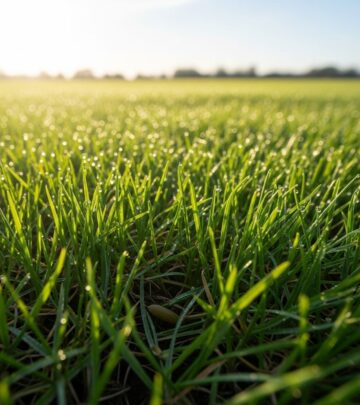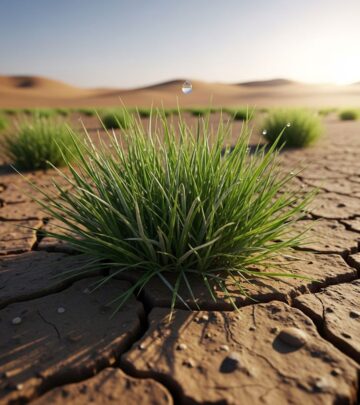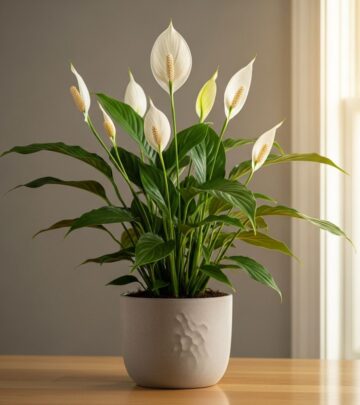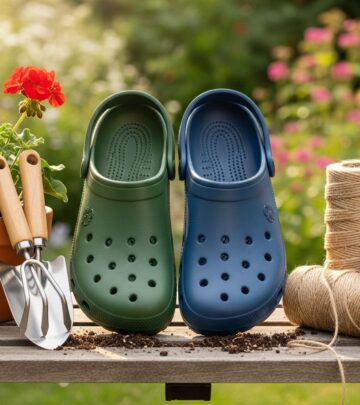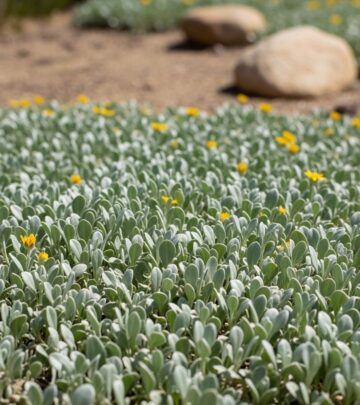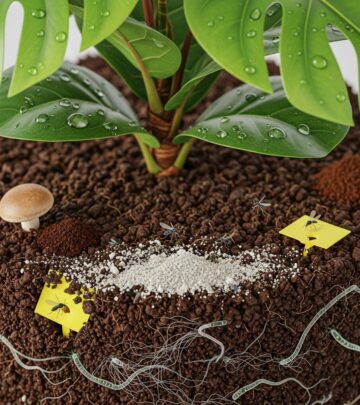How To Keep Squirrels Out Of Garden: Complete Guide
Protect your plants with smart strategies while keeping wildlife happily balanced nearby.
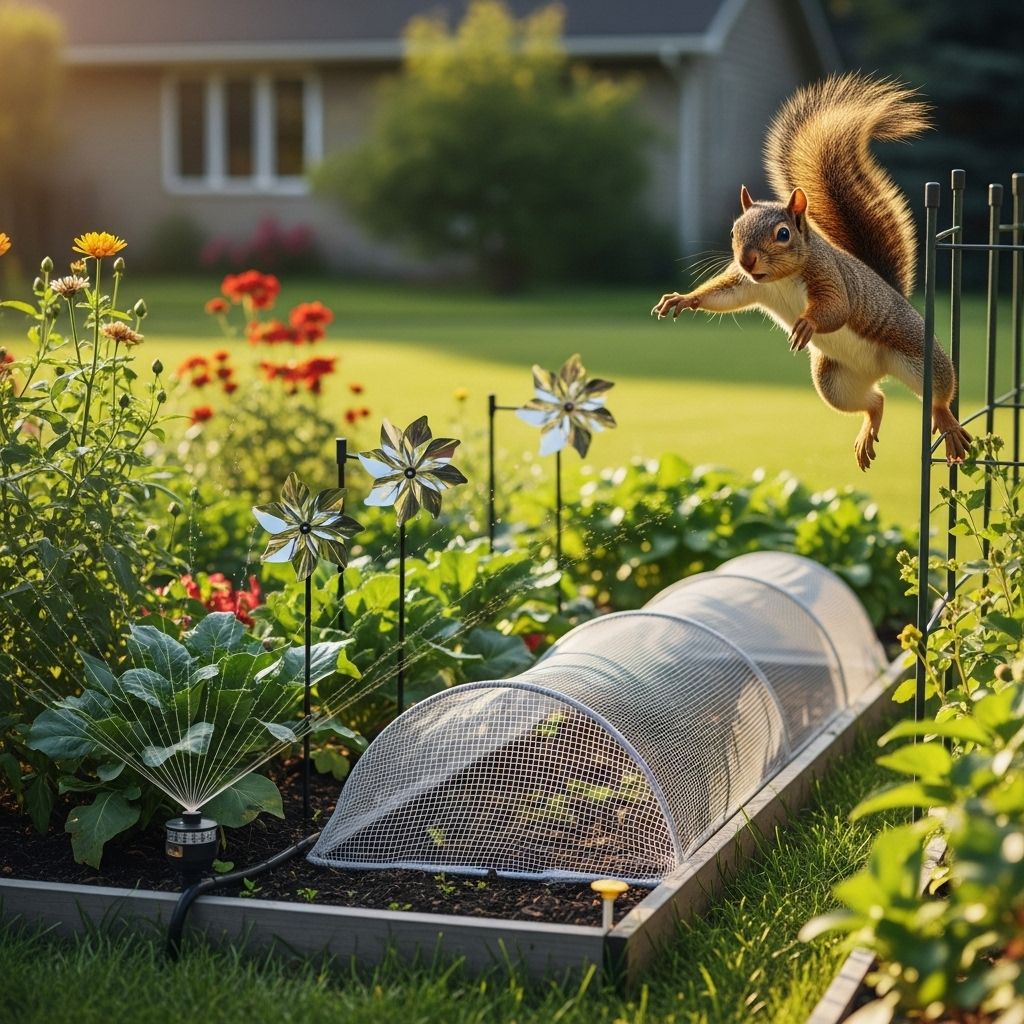
Image: HearthJunction Design Team
How to Deal with Squirrels in the Garden: Tips, Deterrents & Coexistence Strategies
Squirrels are among the most familiar and agile wildlife encountered in North American gardens. Their playful antics can be endearing, but many gardeners regard them as pests due to their penchant for digging, eating bulbs, raiding bird feeders, and munching on prized fruits and vegetables. This article provides a detailed guide to understanding squirrel behavior, identifying damage, and implementing both deterrent and coexistence strategies—all while fostering a deeper appreciation for these ecological contributors.
Identifying Squirrel Activity and Damage
If you’ve found dug-up bulbs, half-eaten tomatoes, missing strawberries, or mysteriously vanishing birdseed, you may have a squirrel problem. But before jumping to conclusions, it’s essential to identify the telltale signs of squirrel activity:
- Disturbed Soil: Small, shallow holes and scattered mulch around plantings often signal squirrels searching for hidden food.
- Partially Eaten Produce: Squirrels tend to take a bite or two out of multiple fruits or vegetables rather than consume an entire item.
- Dug-up Bulbs: Tulips, crocuses, and other bulbs may be unearthed or disappear between planting and spring bloom.
- Bird Feeder Raids: If your bird feeder empties unusually fast or you observe acrobatic visitors, squirrels are likely culprits.
- Stripped Bark or Gnawed Stems: Particularly in late winter, squirrels may gnaw bark for sustenance when other food is scarce.
Why Squirrels Target Gardens
Understanding what drives squirrels can help you outwit their efforts:
- Food Stashing: Squirrels are notorious for collecting and burying nuts, seeds, and bulbs as a food reserve for colder months.
- Varied Diet: Their omnivorous palate includes flowers, seeds, berries, fruits, fungi, and occasionally insects or bird eggs.
- Opportunistic Feeding: Squirrels gravitate toward easy, abundant food sources—making gardens, compost bins, and bird feeders irresistible.
- Curiosity: Intelligent and persistent, they explore novel smells and sights, often learning quickly how to defeat simple deterrents.
The Role of Squirrels in the Ecosystem
While often considered pests, squirrels are valuable members of their ecosystems:
- Seed Dispersal: Many nuts and seeds they bury are never reclaimed, supporting tree and plant propagation.
- Soil Aeration: Their digging can help aerate garden soil and mix organic matter.
- Wildlife Food Web: Squirrels are prey for hawks, owls, foxes, and other predators, contributing to local food chains.
Balancing their roles with your gardening goals is key to long-term success.
Effective Strategies to Deter Squirrels
Squirrels are intelligent and often persistent, making complete exclusion challenging. However, combining multiple tactics increases your chances of success.
Physical Barriers
- Fencing: Installing hardware cloth or wire mesh (with openings no larger than 1 inch) around vegetable beds or over bulb areas can deter digging. Bury the edges several inches deep to prevent tunneling.
- Row Covers: Lightweight garden fabric can protect newly planted seeds and sprouts, especially during vulnerable early growth stages.
- Cages or Cloche: Use wire cages or cloches for individual plants or groups of bulbs to provide targeted protection.
- Bird Feeder Shields: Invest in squirrel-proof bird feeders with baffles or weighted mechanisms to discourage raids. Placing feeders away from launching points (e.g., trees, fences) also helps.
Scent and Taste Deterrents
- Repellent Sprays: Commercial repellents containing capsaicin (from hot peppers), garlic, or predator urine may discourage chewing and digging. Reapply after heavy rain.
- Homemade Remedies: Hot pepper flakes, blood meal, or strong-smelling organic fertilizers (like chicken manure pellets) can discourage digging when sprinkled on the soil surface.
- Strategic Planting: Squirrels dislike strong-smelling bulbs like daffodils, allium, and fritillaries. Plant these around vulnerable bulbs (e.g., tulips) as a barrier.
Habitat Modification
- Reduce Food Attractants: Clean up fallen fruit, seeds, and spilled birdseed regularly to deprive squirrels of easy meals.
- Secure Compost Bins: Use lidded bins or hardware cloth to prevent foraging.
- Prune Tree Branches: Trim limbs that provide access to roofs, birdhouses, or feeder areas.
Decoys and Distractions
- Alternative Feeding Stations: Some gardeners find that providing a dedicated squirrel feeder (filled with corn or nuts) may reduce competition for birdseed and protect garden crops. However, this approach can backfire by attracting more squirrels overall.
- Motion-Activated Devices: Sprinklers or ultrasonic repellents may startle squirrels and discourage repeated visits.
Plants Least Attractive to Squirrels
While no plant is truly squirrel-proof, some are less appealing due to taste or toxicity. These make excellent additions for defensive landscaping:
- Daffodils (Narcissus)
- Alliums (ornamental onions)
- Fritillaries
- Snowdrops (Galanthus)
- Hyacinths
- Marigolds and certain aromatic herbs
Use these as borders or companion plantings around more vulnerable bulbs and crops.
Humane Exclusion: What Not to Do
- Do Not Use Poison: Squirrel toxins are not only inhumane but can endanger pets, children, and non-target wildlife.
- Avoid Sticky Traps: These are cruel and rarely provide a lasting solution.
- Don’t Trap and Relocate: Most wildlife agencies discourage relocating squirrels, as it can spread disease, is illegal in some areas, and rarely reduces local populations long-term.
Living with Squirrels: Finding a Balance
Squirrels are a natural part of many landscapes. With a few adjustments, you can coexist peacefully while protecting your favorite plants.
Appreciate Their Positive Roles
- Wildlife Observation: Squirrels can provide hours of entertainment and are a welcome sight for children and wildlife enthusiasts.
- Ecological Benefits: Their food caching helps reforestation and plant spread.
Gardening for Coexistence
- Choose resilient plants and protect the most vulnerable crops.
- Use deterrents in combination for best results (e.g., barriers and scent repellents).
- Keep your garden clean, minimizing food attractants.
Some gardeners, like those featured in wildlife-friendly gardens, report that providing a portion of the garden as a “squirrel zone”—with natural food, water sources, and shelter—helps keep conflicts to a minimum while supporting biodiversity.
Frequently Asked Questions (FAQs)
How do I stop squirrels from digging up my bulbs?
Plant bulbs like daffodils and alliums, which squirrels avoid. Cover vulnerable plantings with hardware cloth, chicken wire, or repellents until plants are established. Clean up bulb debris after planting and try to plant later in fall.
Are there plants that repel squirrels?
Yes. Daffodils, allium, and fritillaries are less attractive or even toxic to squirrels. Strong-smelling herbs like mint, marigold, and hyacinth may also deter them.
What’s the best way to keep squirrels off bird feeders?
Invest in a squirrel-proof feeder with weight-activated perches or a baffle. Place feeders at least 8–10 feet from launching points like fences and trees.
Is it possible to eliminate squirrels from the garden?
No solution is 100% foolproof due to their intelligence and agility. The goal is to reduce damage and coexist through deterrents, physical barriers, and habitat management.
Can I feed squirrels to keep them away from my plants?
Providing alternative food sources may help reduce damage, but it can also attract more squirrels. If you choose this approach, place squirrel feeders far from your main crops and bird feeders.
Table: Squirrel Deterrents Overview
| Deterrent Type | Effectiveness | Notes |
|---|---|---|
| Fencing/Barriers | High (if installed correctly) | Needs to be buried at edges, durable material |
| Scent Repellents | Moderate | Require frequent reapplication, especially after rain |
| Alternative Planting | Moderate | Use less attractive plants as buffers |
| Bird Feeder Shields | High | Purchase specialized feeders, install baffles |
| Distraction Feeding | Variable | May attract more squirrels to garden |
Conclusion
Dealing with squirrels often means learning to share your garden with these clever, tenacious visitors. By understanding their behaviors, choosing appropriate plants, using physical and scent-based deterrents, and keeping your garden tidy, you can minimize conflicts and enjoy a vibrant, productive outdoor space. Practice patience and experiment with different combinations of strategies to find what works best for your unique situation. Ultimately, coexistence—rather than all-out war—is the most lasting and rewarding solution for both gardeners and squirrels.
References
- https://gardenclub.org/blog/gardening-squirrels-tips-harmonious-coexistence
- https://www.leevalley.com/en-us/discover/gardening/2020/november/how-to-live-with-squirrels-in-the-garden
- https://northerngardener.org/outsmart-squirrels/
- https://whyy.org/articles/house-and-garden-with-squirrels/
- https://www.finegardening.com/article/marys-squirrel-friendly-garden-in-florida
Read full bio of Anjali Sayee



